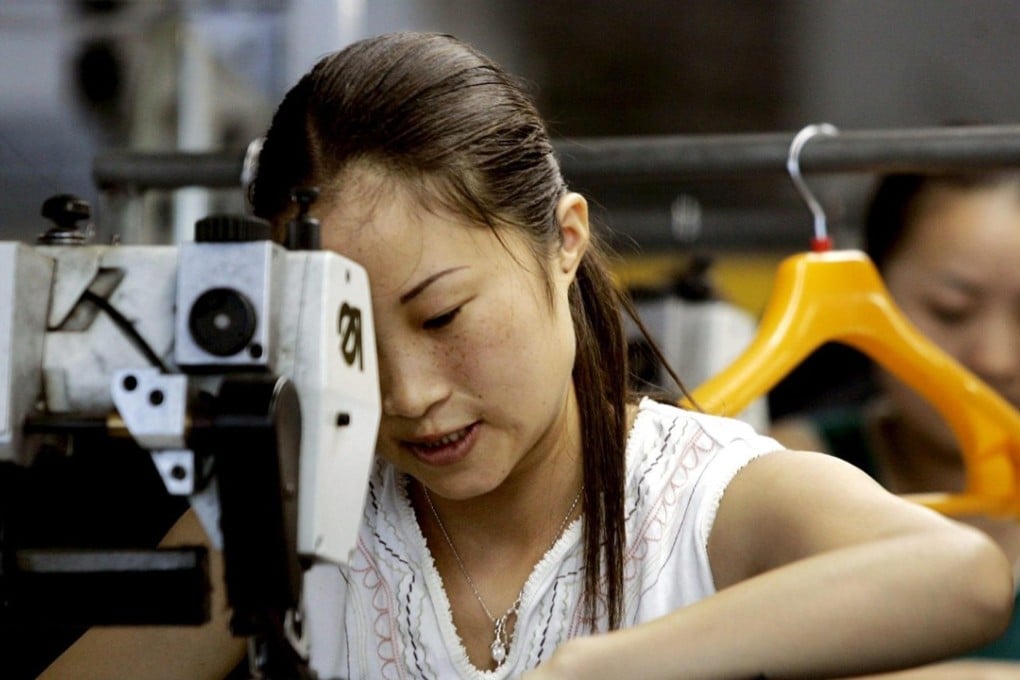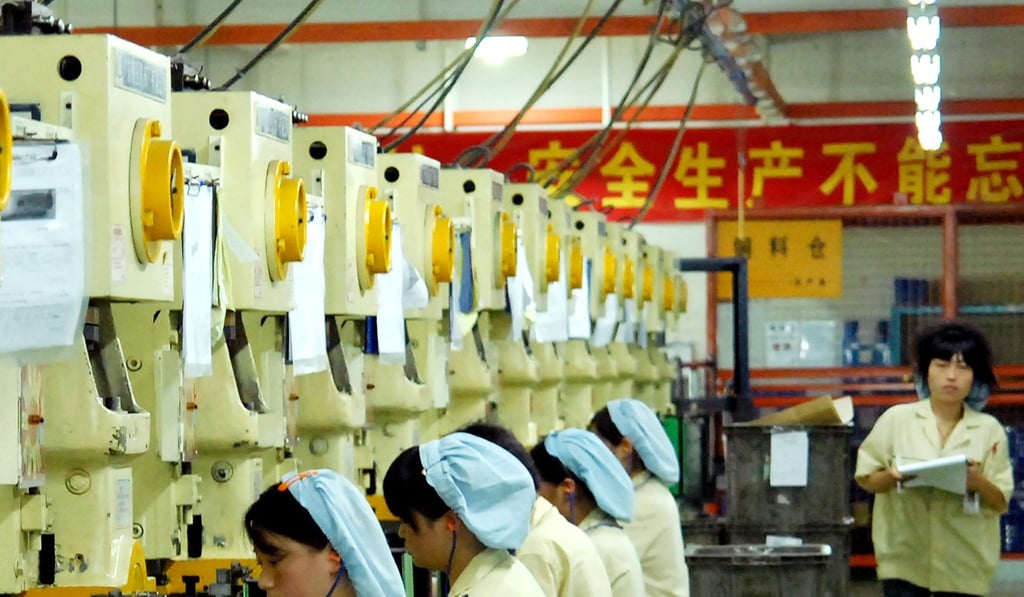China’s factory owners pick robots over job-hopping workers
Survey finds one in four workers in the Pearl River Delta changed jobs over two years – and factories have turned to automation to cope

Reflecting a fundamental change in China’s labour market, insufficient labour supply has become a primary concern for factory owners, according to a survey of 1,200 Chinese manufacturers.
Rising labour costs are producing a high turnover rate among factory workers. During the two years of the survey conducted by China’s Wuhan University at factories in Guangdong and Hubei provinces, as much as 26 per cent of workers in the Pearl River Delta had changed jobs.

“With high worker turnover, they have to pay workers more to retain them,” said survey co-designer Albert Park, director of Institute for Emerging Market Studies at Hong Kong University of Science and Technology.
Average monthly wages of Chinese workers reached 4,126 yuan (HK$4,721) in 2015, or US$635, still far behind the US, but almost matching Brazil and significantly higher than other emerging economies such as India and Vietnam.
As costs rise and the business environment turns hostile, more than a third of Chinese factory owners are chasing political blessings from the state or the Communist Party to gain easier access to subsidies and tax benefits.